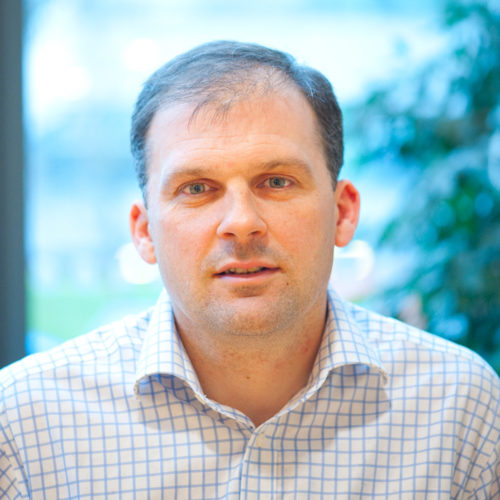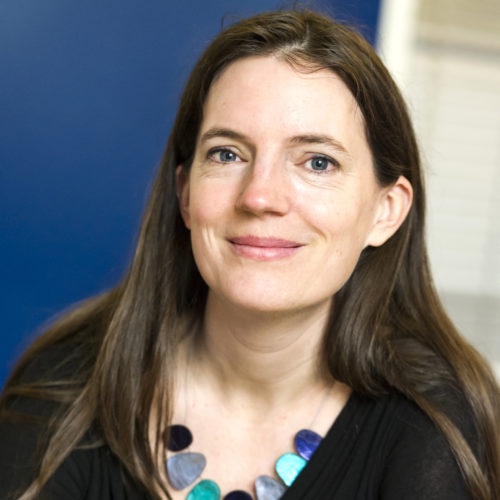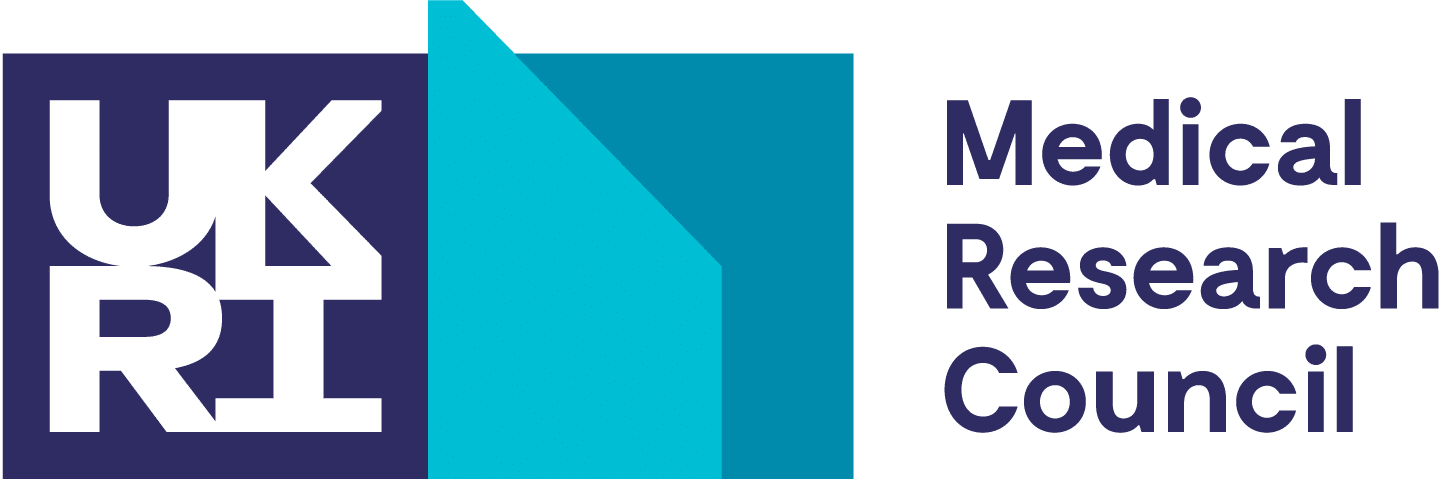Home > About Us > Our background > Acellular (smart material) approaches for therapeutic delivery > Our Research Team > University of Manchester: Dr Deepak Kumar
 Dr. Deepak Kumar
Dr. Deepak Kumar
PostDoctoral Research Associate
School of Materials, University of Manchester
E: deepak.kumar@manchester.ac.uk
Deepak Kumar has recently been appointed as a PDRA at The University of Manchester, working on “3D anisotropic architectural scaffolds”. His previous PDRA position was at Loughborough University in collaboration with industrial partners (BOSE, RUSKINN and Fondazione Filarete). The project focused on the development of a novel photo-curable polymer hydrogel to encapsulate hMSCs and encourage their expansion and differentiation towards a nucleus pulposus like cell type. This was further stimulated by mimicking the in vivo hypoxic and mechanical environments, which demonstrated a future scope of providing a minimally invasive therapy to deliver hMSC-loaded hydrogels to damaged patient sites promoting IVD tissue function and restoration. Deepak completed his PhD at Keele University where he investigated the synergistic effects of oxygen tension and electrospun nanofiber topography on the adhesion and expansion of hESCs, whilst eliminating contact with xenogenic material. A further insight into the molecular mechanisms, which supported this phenomenon, was also investigated through integrin expression and ECM protein adhesion to substrates. This method resulted in a patented technology in both the USA and UK.
Publications:
Kumar D, Gittings J.P, Turner I.G, Bowen C.R, Bastida-Hidalgo A and Cartmell S.H. Polarisation of hydroxyapatite: Influence on osteoblast cell proliferation. Acta Biomateriala. (2010); 6 (4): 1549-1554.
Pijanka J.K, Kumar D, Dale T, Yousef I, Parkes G, Untereiner V, Yang Y, Dumas P, Collins D, Manfait M, Sockalingham G.D, Forsyth N.R and Sule-Suso J. Vibrational spectroscopy differentiates between multipotent and pluripotent stem cells. (2010) Analyst
Kumar D, Yang Y and Forsyth N.R. Stem Cell Culture Method: UK Patent # GB1214704.7; filed August 2012
Kumar D, Yang Y and Forsyth N.R. Stem Cell Culture Method: US Patent # US13/800325; filed March 2013
Kumar D, Gupta S, Yang Y and Forsyth N.R. V5, 6 and CD44 are oxygen-regulated human embryonic stem cell attachment factors. (2013) BioMed Research International.
Kumar D, Gerges I, Lenardi C, Forsyth NR and Liu Y. 3D Hypoxic Culture of Human Mesenchymal Stem Cells Encapsulated in UV-curable Polymer Hydrogel. Acta Biomaterialia March 2014.
Kumar D, Dale T, Yang Y and Forsyth N,R. Self-renewal of Human embryonic stem cells on synthetic nanofibers. (2014). Under review in Acta Biomaterialia.
Kumar D, Yang Y and Forsyth N.R. Book Chapter, “Alternative Substrates for Embryonic Stem Cell Culture” in Frontiers in Stem Cell and Regenerative Medicine Research. (2014) Under review.









